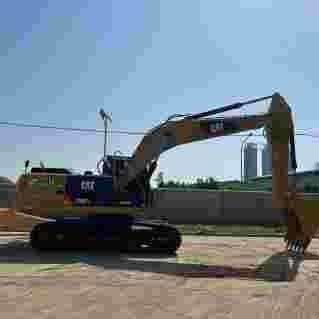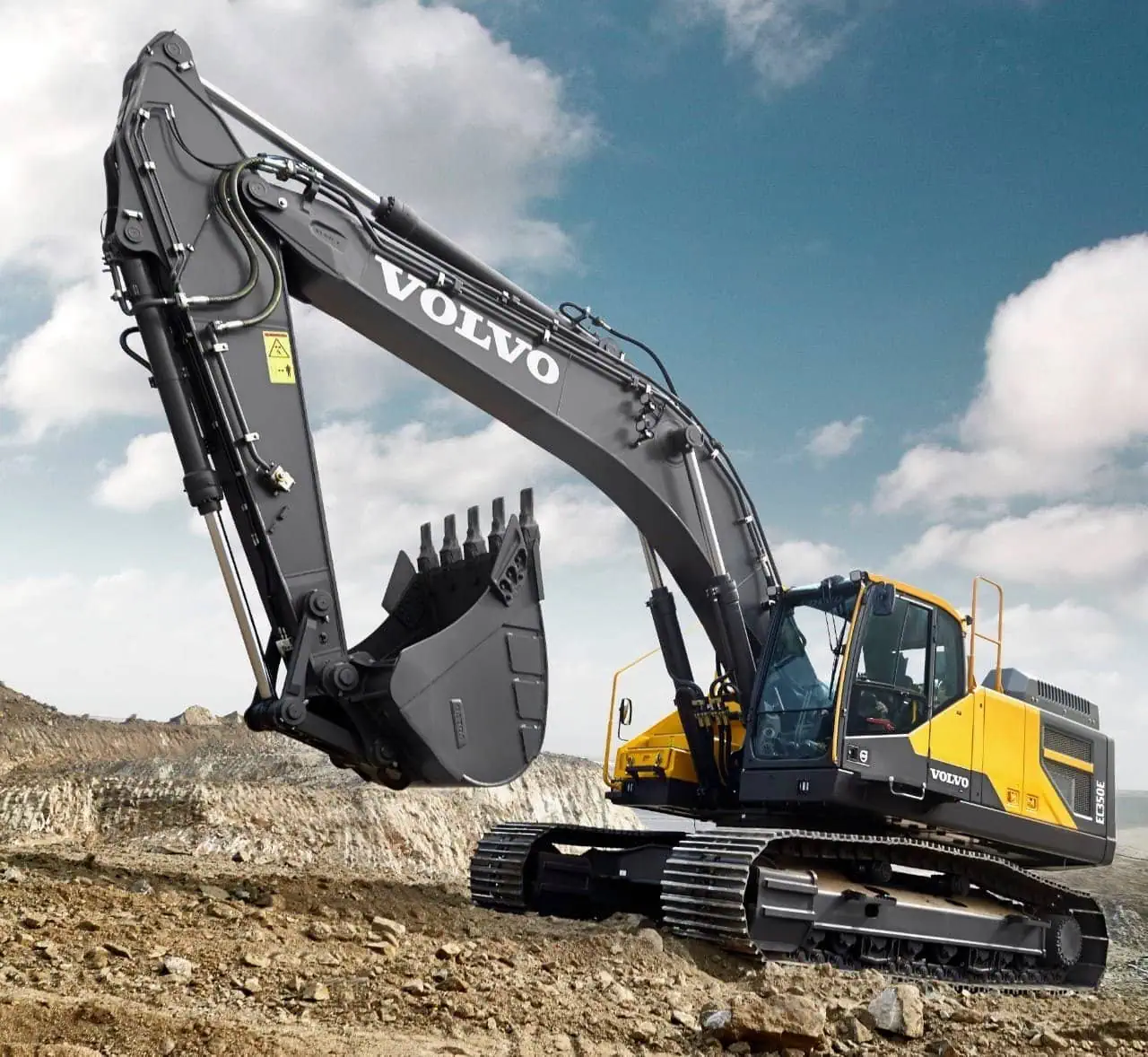Table des matières
BasculerExcavator Sizes Infographic: A Quick Guide
Choosing the right excavator size can be overwhelming, especially with various classes and models available. To simplify your decision, we intended an excavator size infographic that clearly compares various excavator classes, applications, and critical parameters. This guide will help you quickly choose which excavator size is ideal for your job.
🚀 Scroll down to see our infographic and full comparison of tailles d'excavatrices!
Excavator Size Comparison Table
To give you a quick overview, here’s a comparison chart of different excavator sizes, their weights, and typical applications:
| Excavator Size | Weight Range | Application Examples |
|---|---|---|
| Mini Excavators | <6 tons | Landscaping, trenching, urban construction |
| Midi Excavators | 6-10 tons | Utility work, small construction sites |
| Standard Excavators | 10-45 tons | Commercial construction, roadworks |
| Large Excavators | >45 tons | Mining, large-scale earthmoving |
Now, let’s break down these sizes in detail!
So Which Excavator Size Is Right for You?

Choosing the right excavator depends on your project requirements, budget, and worksite conditions.
Each size category has its strengths and limitations, so understanding them is crucial.
How to Select the Right Excavator Size
| Type de projet | Recommended Excavator Size | Key Considerations |
|---|---|---|
| Small landscaping & trenching | Mini (<6 tons) | Compact, easy to maneuver, low cost |
| Utility work & small construction | Midi (6-10 tons) | Balanced power and size for urban sites |
| General construction & roadwork | Medium (10-45 tons) | Most versatile, good digging depth |
| Mining & large-scale projects | Large (>45 tons) | High productivity, requires more fuel |
Picking the right size ensures better efficiency and cost savings. Always refer to an excavator size comparison chart before purchasing.
How Do Excavator Sizes Impact Pricing and Operating Costs? (Used Excavator Prices)
The size of an excavator significantly affects its second-hand market price, fuel consumption, and maintenance costs.
Larger excavators provide higher productivity but require more investment in fuel and upkeep.
Used Excavator Price
| Excavator Size | Used Price Range ($) | Fuel Consumption (L/H) |
|---|---|---|
| Mini (<6T) | $8,000 – $30,000 | 3-6 L/h |
| Midi (6-10T) | $15,000 – $50,000 | 6-10 L/h |
| Standard (10-45T) | $30,000 – $120,000 | 10-25 L/h |
| Large (>45T) | $80,000+ | 25+ L/h |
Smaller excavators are cheaper and require less fuel, while larger ones increase productivity but come with higher costs.
What Are the Most Popular Excavator Sizes?
Certain models dominate the market due to their efficiency and reliability.
Top-Selling Excavator Models by Size
| Modèle | Size Class | Notable Features |
|---|---|---|
| CAT 305E | Mini (<6T) | Compact, fuel-efficient, great for urban jobs |
| Komatsu PC55 | Small (6-10T) | Reliable, good for landscaping |
| CAT 320D | Medium (20T) | Versatile, widely used in construction |
| SANY SY365 | Large (>36T) | High power, ideal for mining |
Conclusion: How to Use the Excavator Size Infographic to Choose the Right Mode
🚜 Selecting the right excavator size is crucial for balancing performance and cost. Our excavator size infographic simplifies this decision by visually comparing weight, applications, and costs. Use this guide to make an informed purchase and optimize your construction efficiency!










